“It is a difficult business—this time-keeping; nothing more quickly disorders it than contact with any of the arts.”
VIRGINIA WOOLF, ORLANDO: A BIOGRAPHY (1928)
The 1870s, the decade of The Met’s formation, witnessed major developments in the global standardization of time that, like the culture of fashion, became inseparable from the ideology of modernity. Fashion is indelibly connected to time—it not only reflects and represents the spirit of the times but also changes and develops with the times, serving as an especially sensitive timepiece.
Exploring the symbiotic relationship between fashion and time, this exhibition—a celebration of The Met’s 150th anniversary—presents 150 years of fashion, culled almost exclusively from The Costume Institute’s collection, along two parallel timelines. The first features sixty ensembles in chronological order from 1870 to the present. Progressive, continuous, and relentlessly forward moving, the timeline draws attention to the way fashion is inherently governed by novelty, ephemerality, and obsolescence.
The second intersperses a series of sixty interruptions or disruptions that pre- or postdate the fashions in the first timeline but relate to them in terms of shape, motif, material, technique, or decoration.
The sixty ensembles in each timeline—primarily in black to emphasize their changing silhouettes and interconnection—reference the number of minutes in an hour, with each “minute” comprising a pair of garments. Together, the timelines express the concept of duration as outlined by the French philosopher Henri Bergson, in which time exists as a continuous flow and the relationship between the past and present is one of coexistence rather than succession. Each pairing achieves temporal autonomy through its union of the past and the present—a vision of time freed from the confines of chronology.
#MetAboutTime
1870
AMERICAN
Mourning Dress
American, ca. 1870
Black silk faille trimmed with black and white silk fringe and white satin overlaid with black lace
Brooklyn Museum Costume Collection at The Metropolitan Museum of Art, Gift of the Brooklyn Museum, 2009; Gift of Mrs. Clarence E. Van Buren, 1944 (2009.300.673a, b)
1939
ELSA SCHIAPARELLI
Evening Dress
Ca. 1939
Elsa Schiaparelli, Italian, 1890–1973
Black felted wool
Gift of Miriam Whitney Coletti, 1984 (1984.587.5)
In the late 1930s, as the probability of war increased, designers sought the nostalgic romanticism of past fashions. Elsa Schiaparelli helped revive the bustle shape, combining it with the prevailing narrow silhouette. In contrast to nineteenth-century models, the bustled form of this gown is created not by supportive understructures but solely through manipulation of the fabric. Black felted wool is stitched to form broad tucks down the center front that release at the hips and the derriere, where the fabric is gathered into graceful folds.
